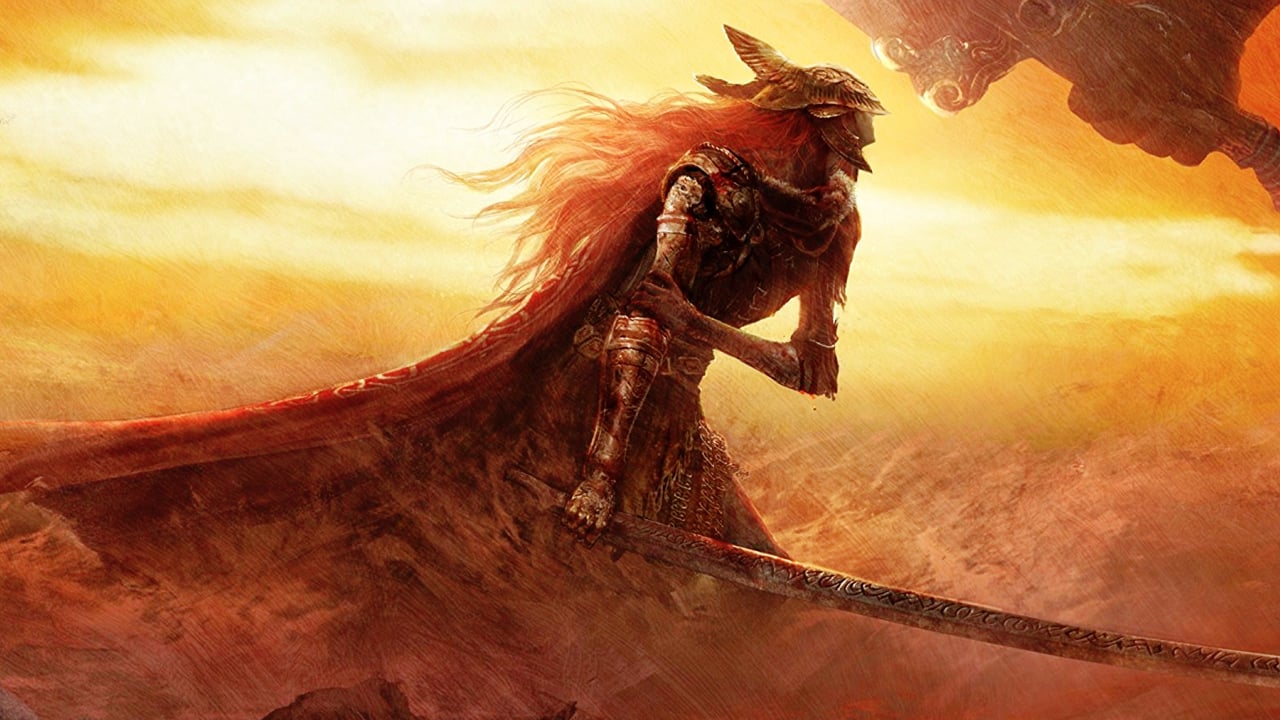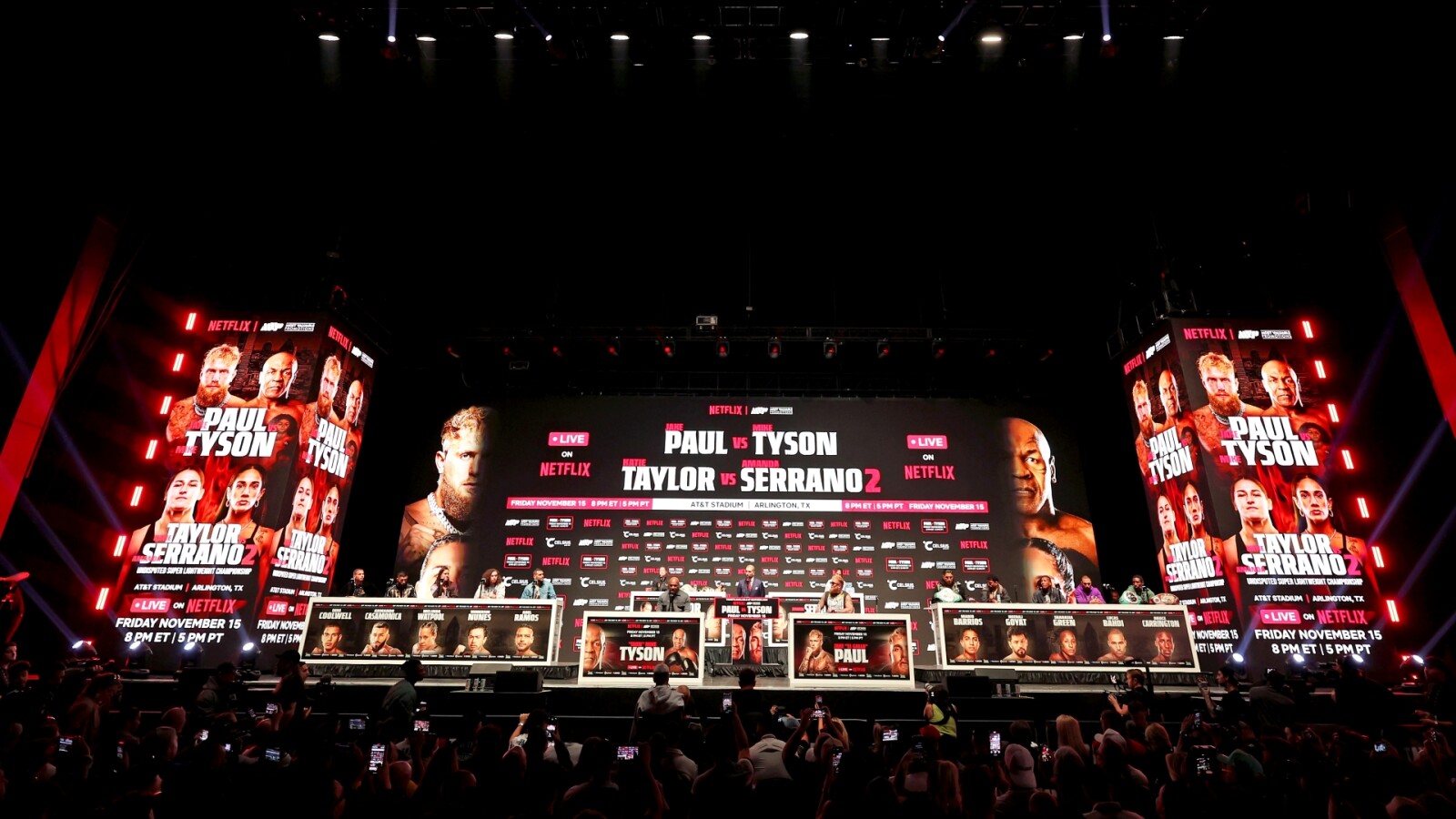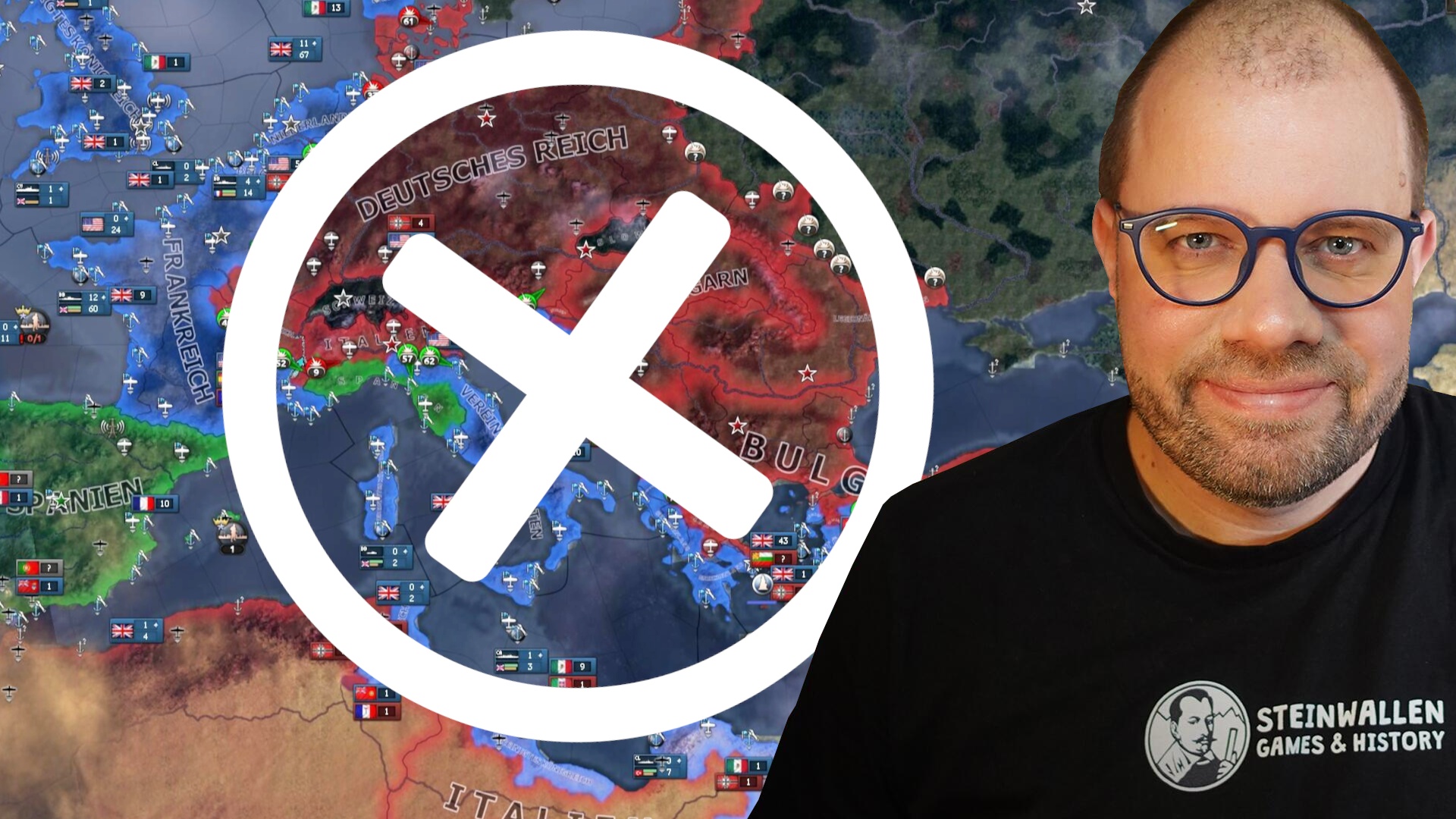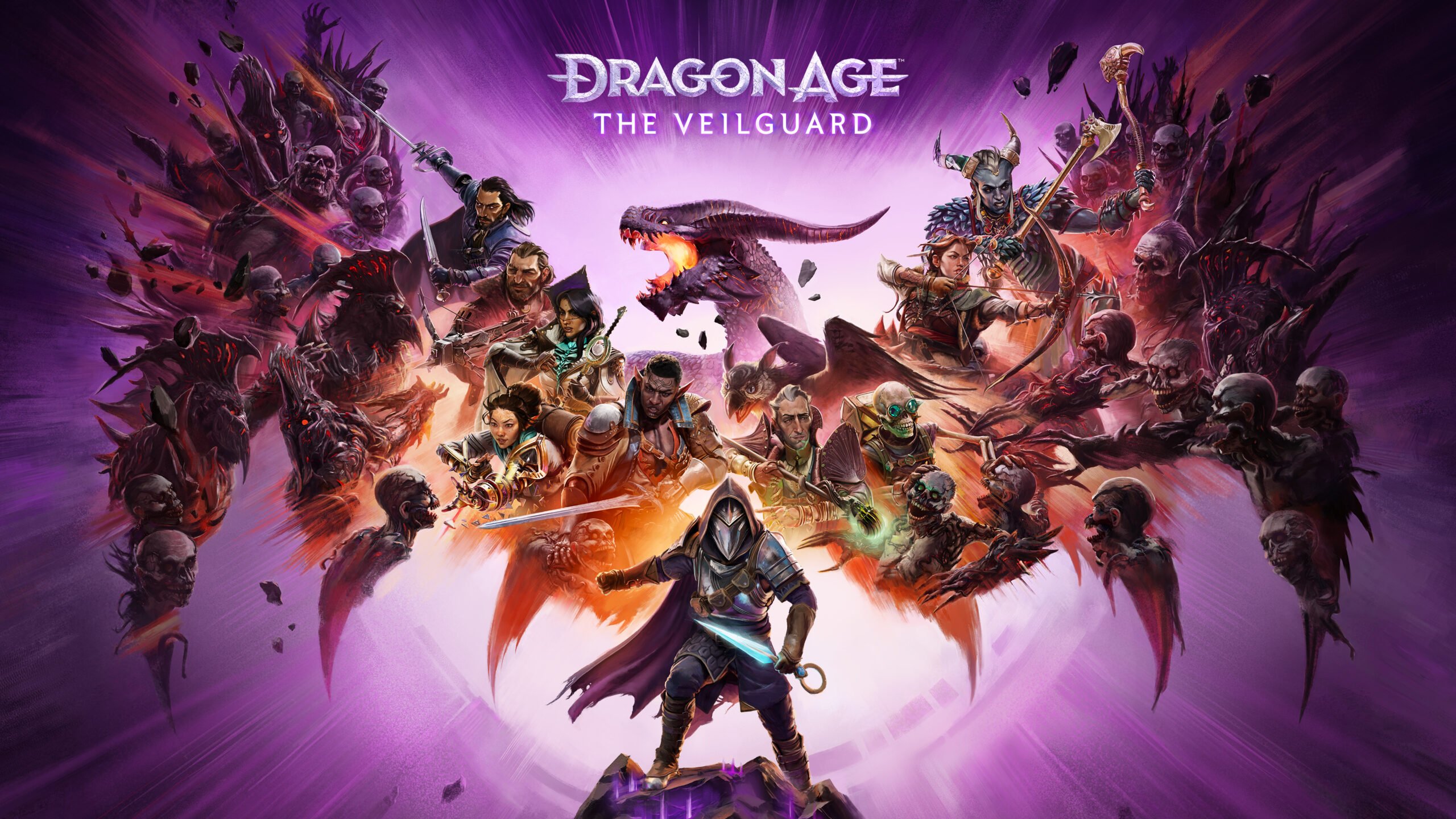When you talk about Hayao Miyazaki it is impossible not to talk about Studio Ghibli. If there is a benchmark in Japanese animation That is Miyazaki and even Europe looked towards the Japanese country with productions like Sherlock Holmes or the popular Heidi. It was reciprocal admiration as Miyazaki found inspiration for his stories in European countries like Switzerland. Too would try to get the rights to Pippi Longstocking, but his trip to Sweden was unsuccessful. The creator of Studio Ghibli started his career in Toei, where he met Isao Takahata. Together they developed the film The Adventures of Horus, Prince of the Sun and despite the collapse at the box office, they coincided again a little later in one of the most beloved Japanese anime: Lupine III.
The thug in the white glove plus hooligan made a huge hole for himself in the hearts of viewers, being one of the anime's favorite "villains" even today. It would later become a movie, but before that Miyazaki directed his first series in 1978 called Conan, the boy of the future who had his own video game in 1992. A few years later, they would found Studio Ghibli and their first feature film was Nausicaä del Valle del Viento. With more or less participation, Miyazaki has contributed to the video game industry
Lupine III
Lupine III
Cliff hanger
Lupine III: Treasure of the Sorcerer King
Since 1980 and in full swing of arcade games, Lupine III has carved a niche between the classic fighting, driving or Martian games. However, it was in 1983 when Miyazaki's style was seen in all its essence on one of these machines. Cliff Hanger was an interactive movie which used original designs from the series so that players could interact in a limited way with the story. Famicom, SEGA Saturn, or PlayStation are just some of the platforms that this thief would go through, although he was already unrelated to the surname Miyazaki who co-directed only 14 episodes.
Nausicaä of the Valley of the Wind
It is considered Studio Ghibli's first film and had her internship in video games on PC-6001, MSX and PC-8801. Following the release of the film, up to 3 installments of modest reception were released. It was about a side scroll game with the main characters really not doing Miyazaki's work any justice. But it is important to know it to understand the artist's disenchantment with these adaptations.
Conan, the boy of the future
I hadn't even founded Studio Ghibli when Miyazaki created this anime. The series is inspired by the novel The Incredible Tide and consists of 26 episodes. In 1992 a video game was made in Super CD-Rom format and in 2005 it made the jump to PlayStation 2, one of the best catalogs in the history of video games. While the former was based on classic platforms, the latter emulated Miyazaki's style in 3D. Although it would never make it to the West, it was not a hopeful launch for Miyazaki fans, either.
Jade cocoon
3D was at its glorious moment with games like Tomb Raider or Metal Gear Solid. The graphic jump was more than evident and RPGs followed this same line of sight. Then it unfolded Jade Cocoon: The Story of the Tamamayu exclusively for PlayStation. Studio Ghibli was the claim of this game that sported characters designed with that personal touch. The result was so effective and colorful that they developed a sequel for PS2, but it did not meet expectations. The protagonist is Levant, a young Cocoon Master whose job is to capture and purify the Minions, who can also be used in attack. This franchise also has a 1999 mobile game that was only released in Japan.
Magic Pengel and Graffiti Kingdom
In the midst of a fever for RPGs, Ta ito had the collaboration of Studio Ghibli to launch a video game different from anything that was known: Magic Pengel: The Quest for Color. Again you could collect monsters like in Jade Cocoon
Ni no Kuni
He made himself beg, but at last Studio Ghibli fans could enjoy the art of the prestigious studio in a video game. Level-5 collaborated with Studio Ghibli to conceive a wonderful RPG game that gave off art for all its pixels. Ni no Kuni: The Wrath of the White Witch was released in 2010 for Nintendo DS and later on PlayStation 3. It is the best legacy Studio Ghibli has left for video game lovers. However, he oddly did not participate in the 2018 sequel, whose producer said they couldn't use the Studio Ghibli name because they were taking a break during the development of Ni no Kuni II: The Rebirth of a Kingdom. Despite that, there are several studio artists who participated in the game and therefore are in the credits as Joe Hisaishi or Yoshiyuki Momose, composer and animator of The Journey of Chihiro respectively.
Bonus track: Baldo
While it has nothing to do with Studio Ghibli, you only need to see a second of its trailer to check the Artistic references of this RPG title. With a beautiful graphic section, Baldo uses cel-shading and rescues that magic aesthetic so characteristic of Miyazaki. Baldo will reach all platforms, but anticipated its launch on Nintendo Switch for this summer.
Table of Contents

















